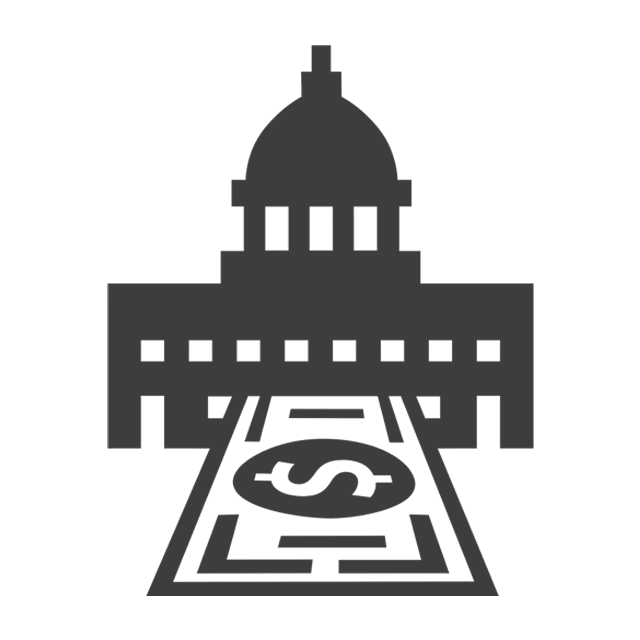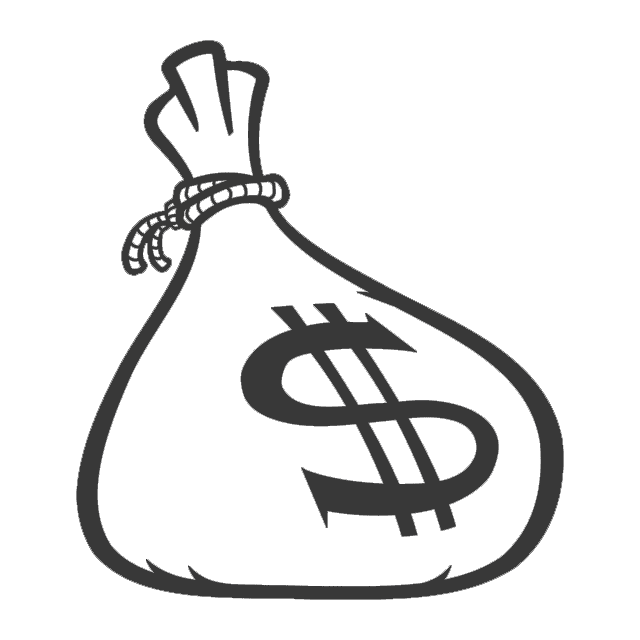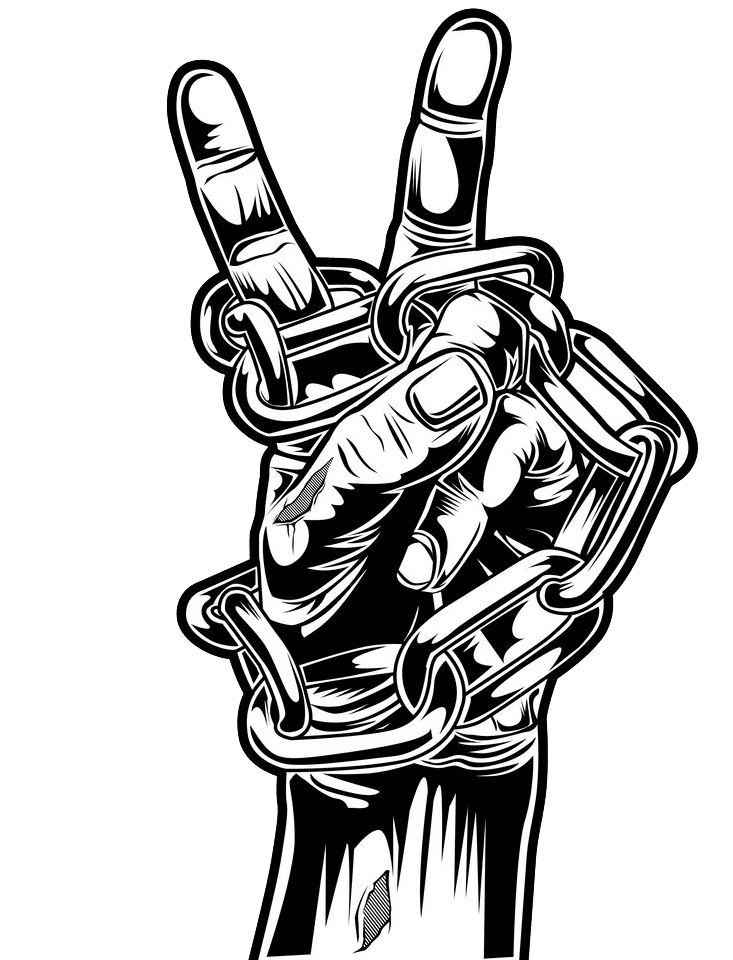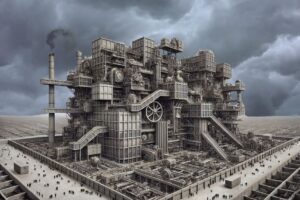The Federal Reserve’s chair promised to reduce the Fed’s balance sheet in late 2017, effectively slowing and hopefully reversing the policy of money creation that lowered the dollar’s purchasing power even further in the past decade.
At the time, Federal Reserve Chair Janet Yellen said she was not sure why the new policy hadn’t brought down the price of products and services in the U.S., which should be called price inflation. Now, the U.S. Department of Labor just announced that prices rose 2.9 percent during the last 12-month period ending in June, the highest rise since 2012.
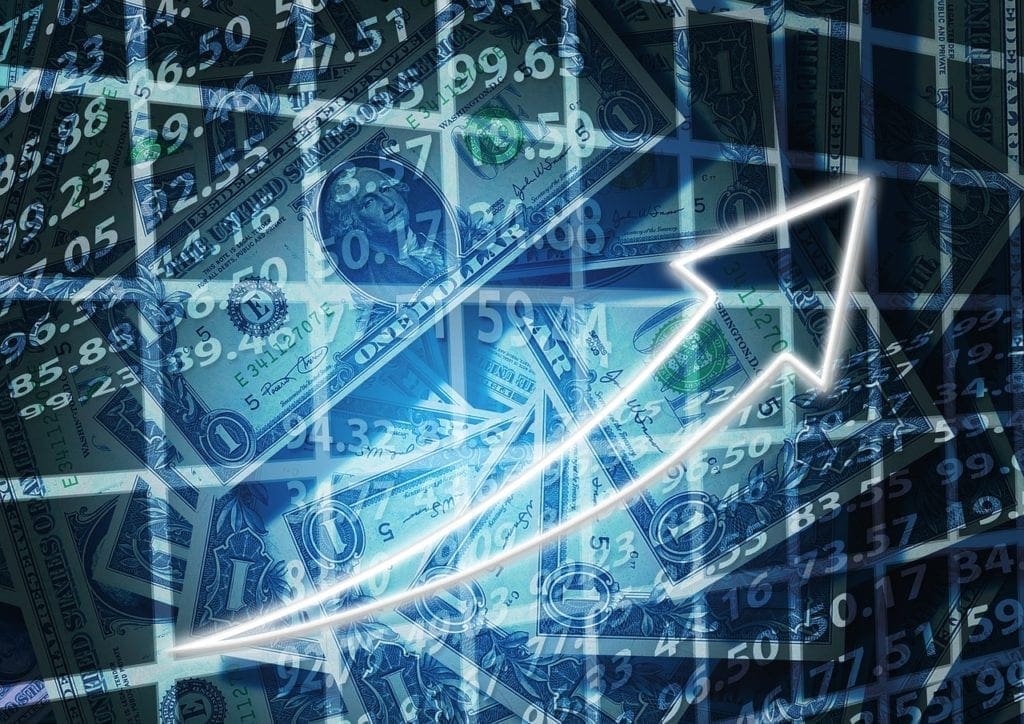
Calling it inflation plain and simple, the agency added that the development was detrimental to workers whose wage gains may not be able to keep up with the rising prices.
Joe Brusuelas, the chief economist at the audit and advisory firm RSM, said that President Donald Trump’s trade war will only worsen the rise in prices.
“While the labor market remains historically tight, the pace of U.S. inflation is now outpacing wage gains late in the business cycle,” he said. “The U.S. is now ensnared in a three front trade war which will in the near to medium term result in higher prices.”
But the rise in prices isn’t necessarily associated with an increase in money supply every time, which should be the real and only definition of the word inflation.
While the increase in money supply does tend to push the cost of everything up, it isn’t the only factor determining the ultimate cost of things.
Should We Be Afraid Of Price Increases?
Current Federal Reserve Chair Jerome Powell is using the increase in prices as a way to push for an increase in wages as well, saying that it’s “a puzzle” why wages aren’t keeping up. Still, he added, the price increase is a good sign, as it shows that the economy is picking up.
It appears that what he means is that consumers are purchasing more than before. With a higher demand, it’s only natural that certain products will become more scarce, pushing their prices up.
But to the Fed (and the federal government), micromanagement is necessary. How dare the economy self-adjust as the Fed’s balance sheet is reduced? How dare companies charge higher prices for more sought-after products? And how come the federal government isn’t doing anything to artificially increase wages and force employers to cut on payroll?
Still, Brusuelas is right to say that Trump’s trade war will raise the price of many products. Especially because the U.S. market relies heavily on Chinese products, most of which are likely to feel the impact of the tariffs newly-imposed by the president. But what’s concerning is that the announcement regarding the price increase is delivered as a doomsday report, which appears set to scare both the American public and the government to act on wages fast.
The overall lack of understanding on how the pricing mechanism should work in a healthy, less restrictive market is what allows bureaucrats and agenda-driven politicians to come up with excuses for further involvement in the economy. And when the public is scared by the talks of increasing prices and stagnant raises, they, too, support new policies giving government greater control.
In no time, real inflation (cash supply increase) will take shape, following the Fed’s claims it’s concerned with the economy, and more wage control laws might be passed by Congress. Then, more people will be unemployed thanks to higher minimum wage requirements. And the economy, once again, will suffer the consequences of government’s heavy-handed involvement. And who pays the price for this vicious cycle? Americans.



